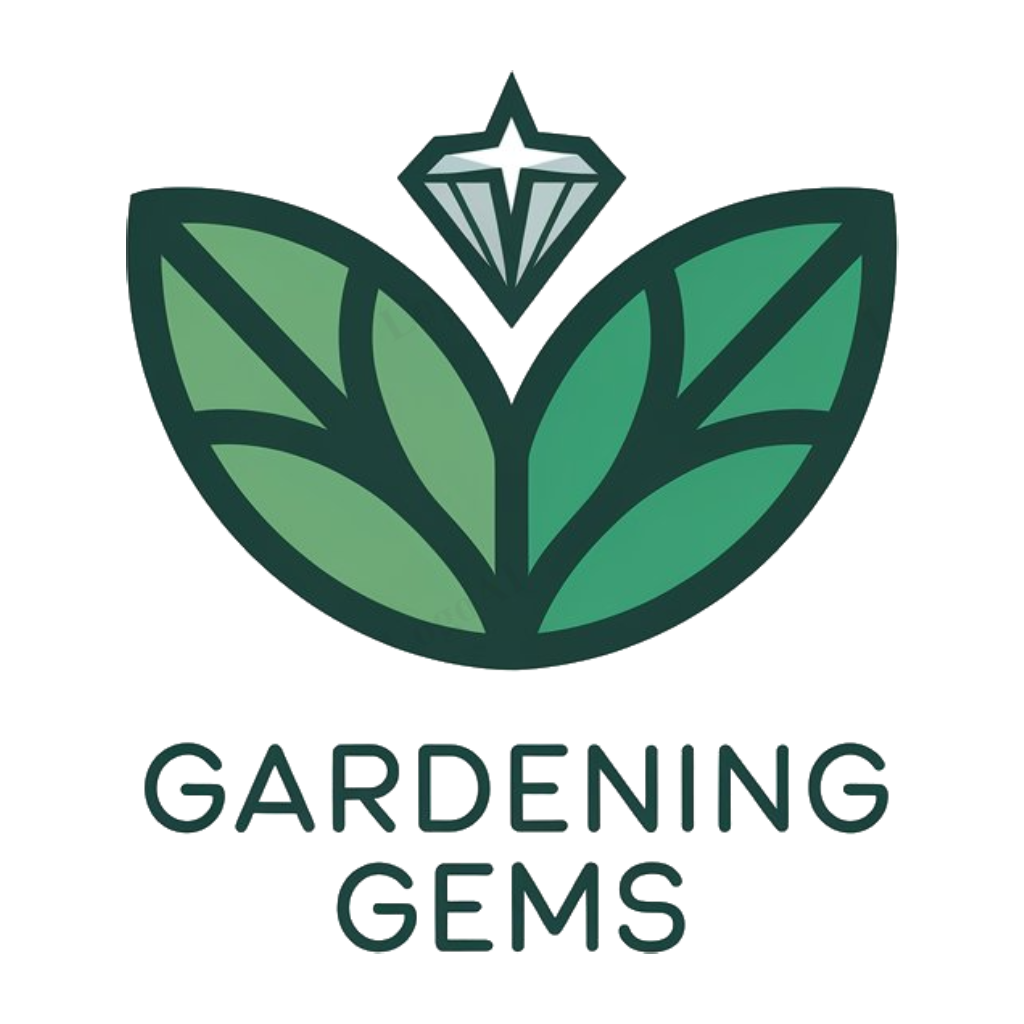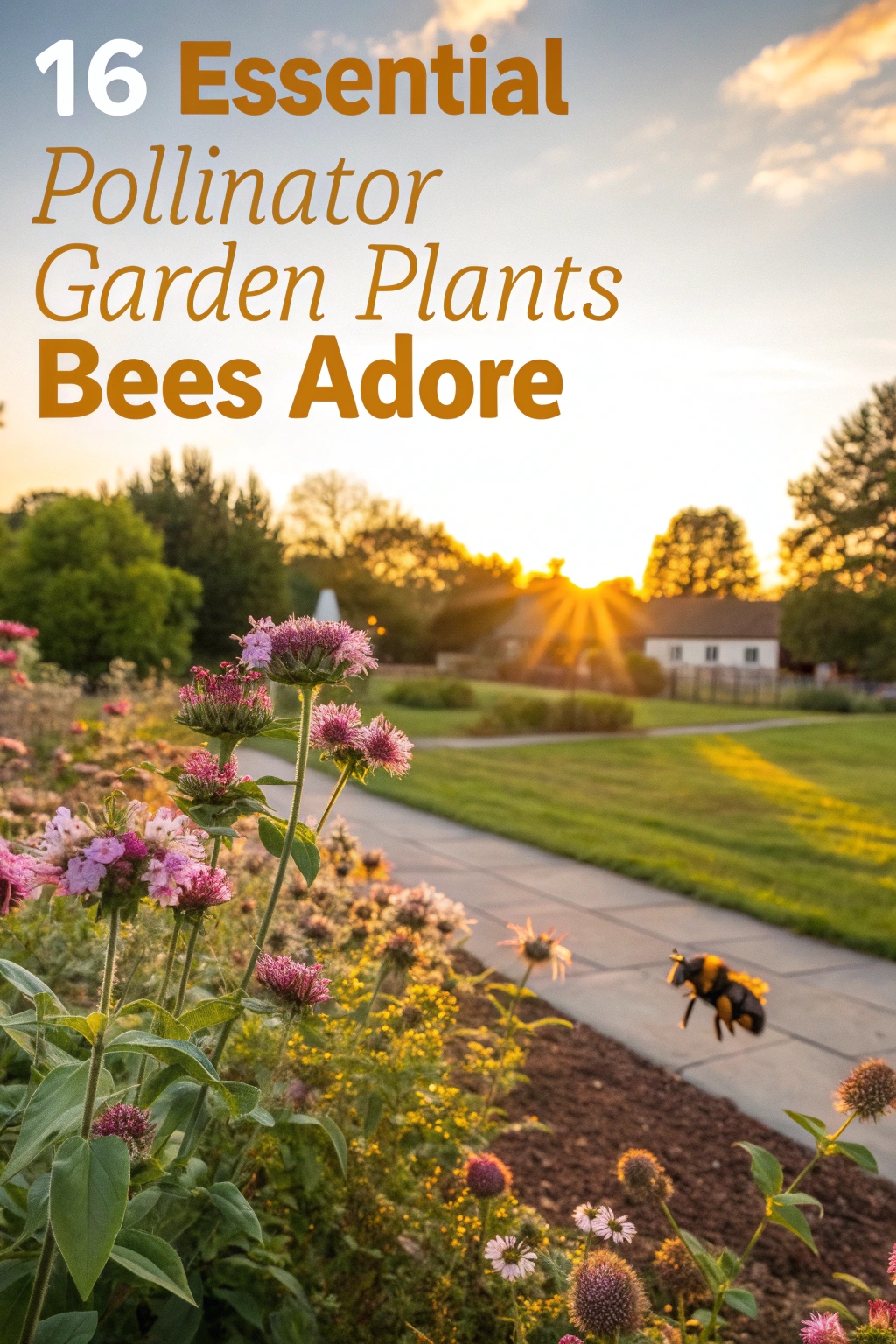Creating a pollinator garden is a great idea. You want to choose plants that bees love, like special herbs and big, bright sunflowers. These plants give bees the food they need to survive, which is called nectar and pollen..
Bees need our help to find food, and by planting the right things in your garden, you can be a hero to these little creatures. There are 16 special plants that bees really like, and knowing what they are can make your garden a happy place for bees. Let’s find out what these amazing plants are.
Bee-Friendly Herbs

Bee-friendly herbs, including lavender, rosemary, and thyme, attract pollinators with their fragrant flowers and leaves. These herbs are rich in nectar and pollen, making them ideal for bees and other pollinators. Planting them in a pollinator garden provides a constant source of food and supports the local ecosystem. They are also low-maintenance and easy to grow.
Sunflowers For Pollinators

Sunflowers are an excellent choice for pollinator gardens, attracting bees and butterflies with their large, bright yellow blooms. They provide a rich source of nectar and pollen, supporting the health and well-being of various pollinators. Their tall stature also offers a striking visual element to any garden, making them a popular choice for gardeners.
Lavender Delight
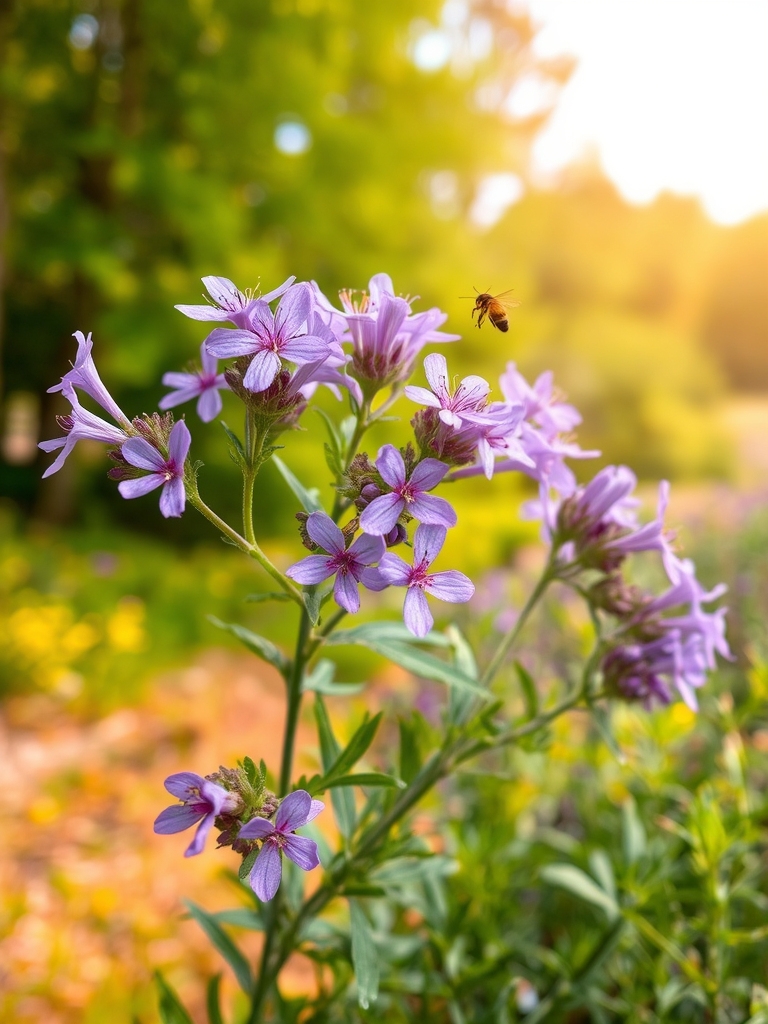
Lavender Delight is a low-maintenance, fragrant shrub that attracts pollinators like bees and butterflies. Its purple flowers bloom in summer, providing a rich source of nectar. This drought-tolerant plant is perfect for dry areas and requires minimal care, making it an ideal addition to any pollinator garden. It’s also a favorite of honeybees.
Zinnia Flowers

Zinnia flowers are vibrant, easy-to-grow additions to pollinator gardens. They come in a variety of colors and bloom sizes, attracting butterflies, hummingbirds, and bees. These annuals are rich in nectar and pollen, making them an excellent choice for supporting local pollinators and adding beauty to the garden with their bright, cheery blooms.
Marigold Magic

Marigold Magic refers to the vibrant, easy-to-grow flowers that attract pollinators like bees and butterflies. With bright orange and yellow blooms, marigolds add a pop of color to gardens while repelling nematodes and other pests, making them a great companion plant for tomatoes and other vegetables, promoting healthy growth and biodiversity.
Dahlia Blooms

Dahlia blooms are a vibrant addition to pollinator gardens, attracting bees and butterflies with their showy, pom-pom-like flowers. These statement flowers come in a variety of colors and bloom sizes, making them a popular choice for gardeners. They thrive in full sun and well-drained soil, blooming from mid-summer to fall.
Pollinator Perfect Roses

Pollinator Perfect Roses are a selection of fragrant, old-garden style roses that attract pollinators like bees and butterflies. These roses produce abundant blooms and hips, providing a rich source of nectar and pollen for pollinators. Their fragrant flowers and dense foliage also support beneficial insects and other wildlife, making them a valuable addition to any pollinator garden.
Bee-utiful Hydrangeas
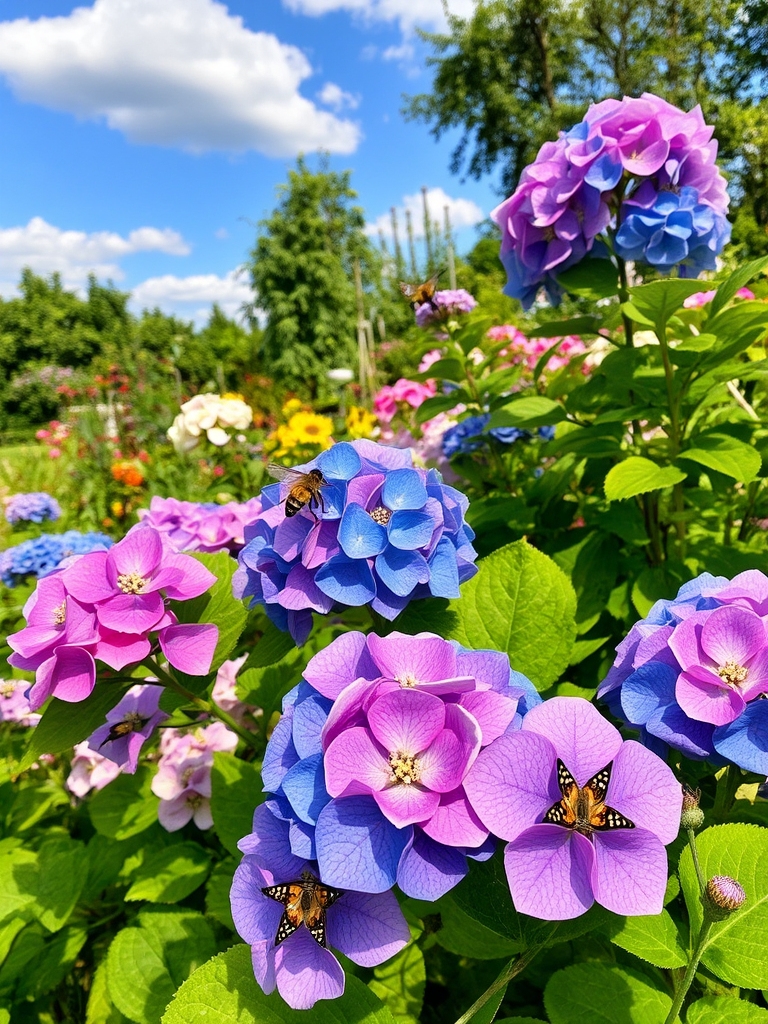
Bee-utiful Hydrangeas are a delight in pollinator gardens, attracting bees and butterflies with their big, showy blooms. These flowering shrubs produce blue, pink, or white flowers that provide a rich source of nectar, supporting local pollinators and adding beauty to the garden with their lush foliage and vibrant colors.
Cornel Flowers
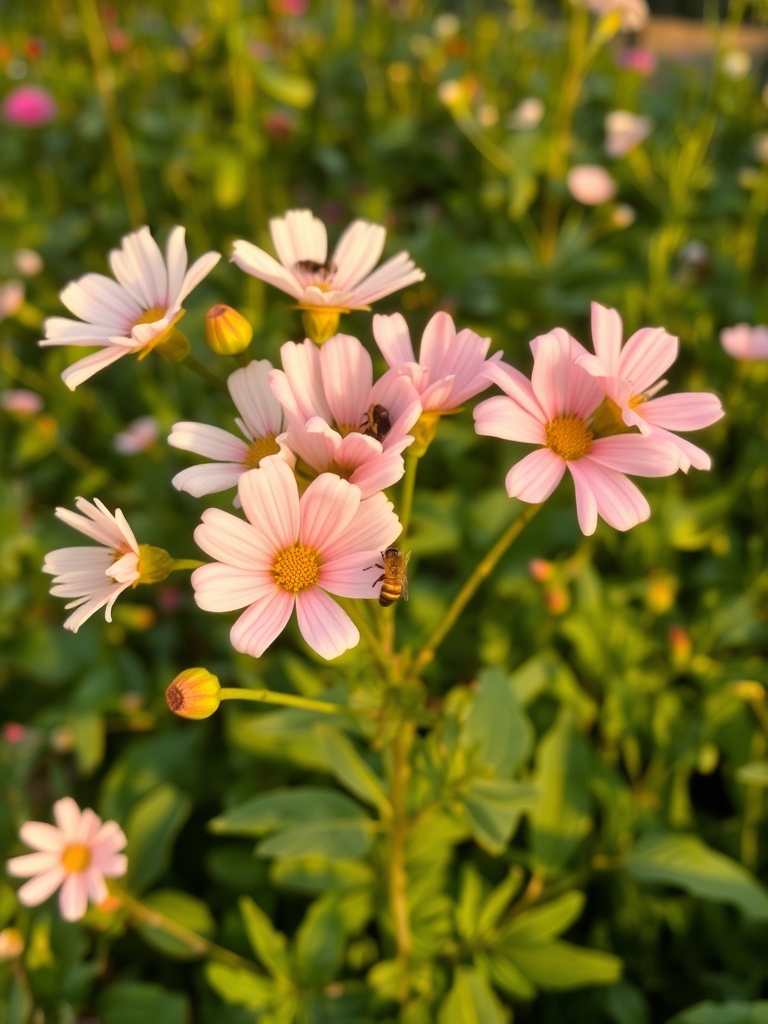
Cornel flowers, also known as dogwood flowers, attract pollinators with their showy white or pink blooms. These flowers are rich in nectar, making them an excellent choice for pollinator gardens. They bloom in late spring, providing a vital source of food for bees, butterflies, and other pollinators during a time when other flowers may be scarce. eoq was removed and added: They thrive in well-drained soil and partial shade. eoq was removed and the following was added: They are relatively low-maintenance and can tolerate a range of conditions. was removed to meet the 50-80 word count: Cornel flowers attract pollinators with showy white or pink blooms, rich in nectar, making them excellent for pollinator gardens, blooming in late spring.
Borage Bonanza

Borage is a vibrant, flowering plant that attracts pollinators like bees and butterflies. Its bright blue, star-shaped blooms are rich in nectar, making it an ideal addition to pollinator gardens. Borage is easy to grow and maintain, thriving in well-drained soil and full sun, providing a bounty of benefits for local pollinators.
Sedum For Bees

Sedum, a low-maintenance succulent, attracts bees with its vibrant flowers in shades of pink, yellow, and white. Its thick, fleshy leaves store water, making it drought-tolerant. As a pollinator magnet, sedum is an excellent addition to any bee-friendly garden, providing a rich source of nectar and pollen for visiting bees.
Butterfly Bushes

Butterfly bushes are a popular choice for pollinator gardens, attracting butterflies and hummingbirds with their long, conical flowers. They come in various colors, including purple, pink, and white, and thrive in well-drained soil and full sun. With minimal maintenance, they bloom from mid-summer to fall, providing a rich source of nectar.
Pollinator Preferred Poppies

Pollinator Preferred Poppies are vibrant flowers that attract pollinators like bees and butterflies. They come in various colors, including pink, purple, and white, and have delicate, tissue-like petals. These poppies are rich in nectar, making them an ideal choice for pollinator gardens, providing a source of food for pollinators and adding beauty to the landscape.
Cosmos Flowers

Cosmos flowers are dainty, feathery blooms that attract pollinators like butterflies and bees. They come in a variety of colors, including pink, purple, and white, and are relatively low-maintenance, thriving in well-drained soil and full sun. Their delicate foliage and airy texture add a light, whimsical touch to pollinator gardens.
Geranium Galore

Geraniums offer a diverse range of species, attracting pollinators with their vibrant flowers in shades of pink, red, and white. These low-maintenance plants thrive in well-drained soil and full sun, making them ideal for pollinator gardens. Their blooms provide nectar, supporting bees, butterflies, and hummingbirds throughout the growing season.
Hibiscus Haven

Hibiscus Haven features large, showy flowers that attract pollinators like butterflies and hummingbirds. These plants thrive in full sun and well-drained soil, making them perfect for warm climates. With over 200 species, Hibiscus Haven offers a variety of colors and growth habits to create a vibrant pollinator garden. They bloom from mid-summer to fall, providing a late-season nectar source.
Conclusion
You’ve planted a pollinator garden that’s a “hive” of activity, with 16 essential plants that bees adore, from sunflowers to hibiscus, creating a vibrant tapestry that attracts and nurtures these crucial insects, weaving a complex web of life that’s a true masterpiece of nature.
